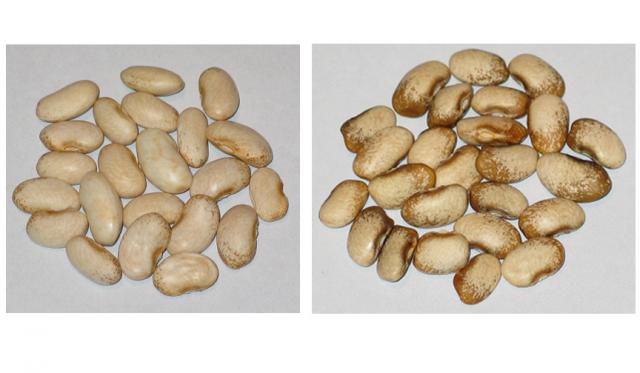MontyJ
Deeply Rooted
Glad you are happy Russ. I'm going to cook some of the winterfare next weekend. I'm hoping to get enough tobacco patch to make a batch of baked beans in the near future. I have already shared out some of the seed to other growers so perhaps these two varieties will again begin to thrive. I would be happy to grow again next year. Perhaps Marshall will once again pick two varieties for me, one bush and one pole.
I do have a question for you though. I did a Google search for Winterfare. The only listings I could find for it was yours, and the thread here on TEG. Is that seed that rare, does it go by a different name, or is it one of your own crosses? I will grow it again since it is obviously true to seed, but would like to know the heritage if possible.
I do have a question for you though. I did a Google search for Winterfare. The only listings I could find for it was yours, and the thread here on TEG. Is that seed that rare, does it go by a different name, or is it one of your own crosses? I will grow it again since it is obviously true to seed, but would like to know the heritage if possible.

